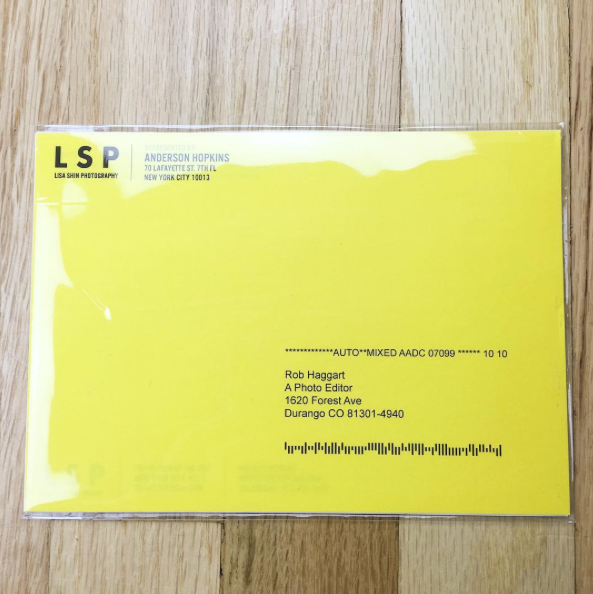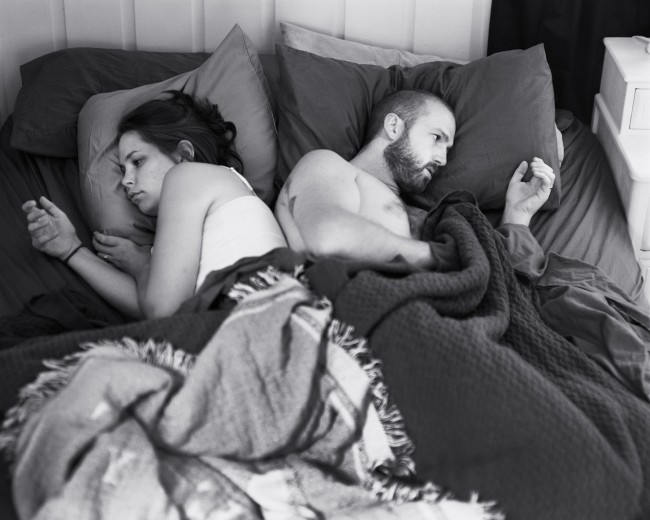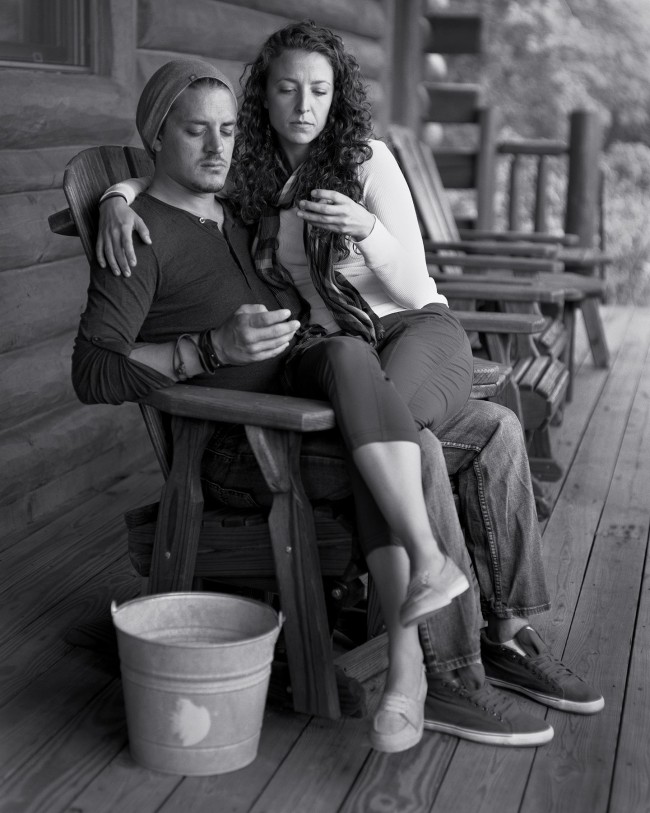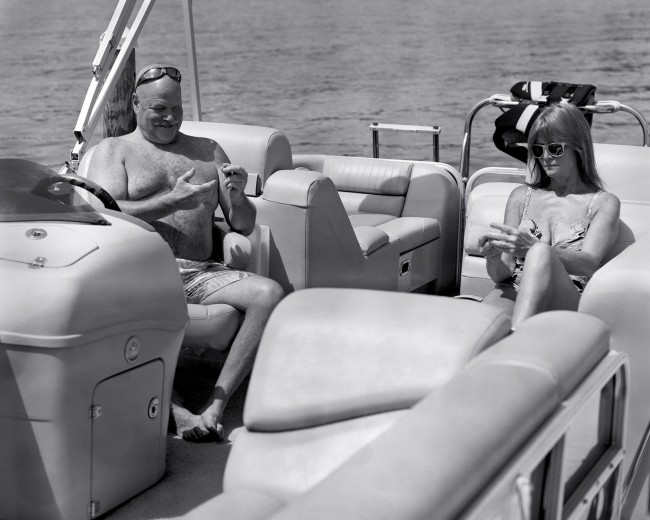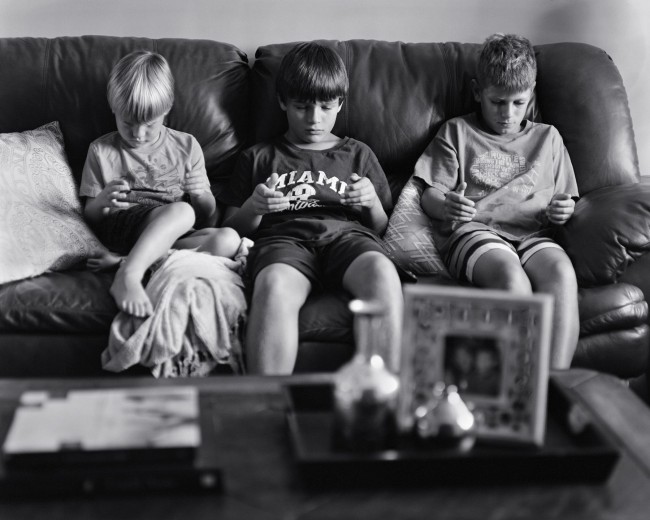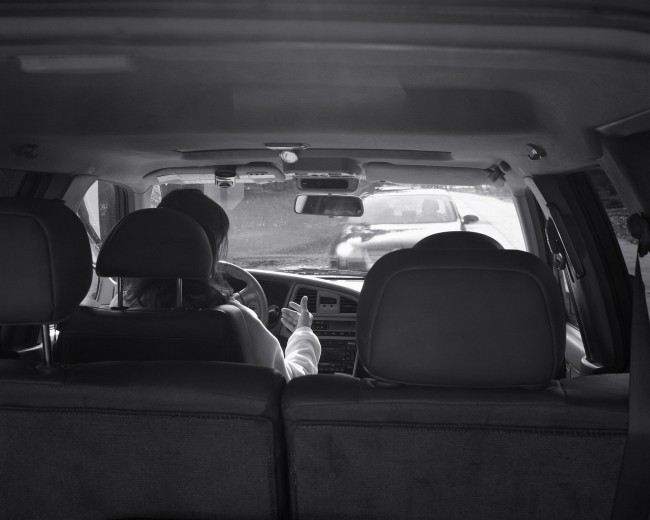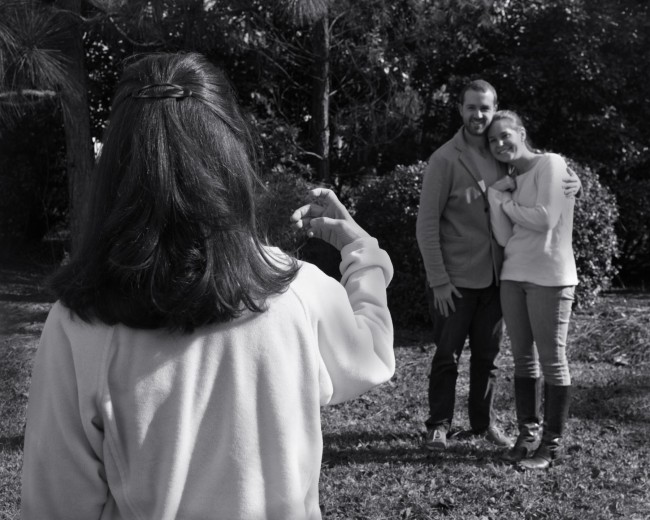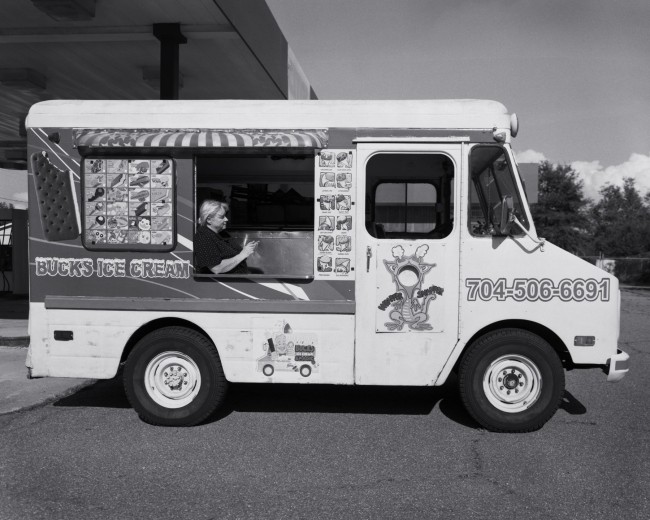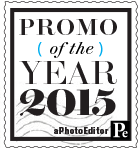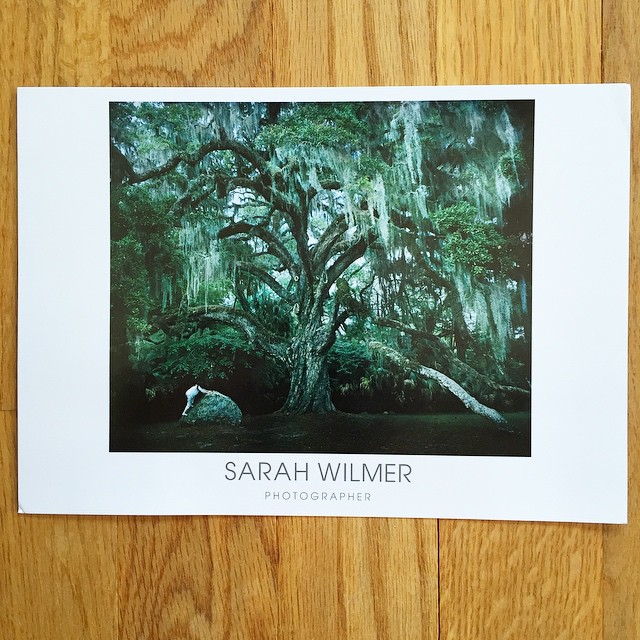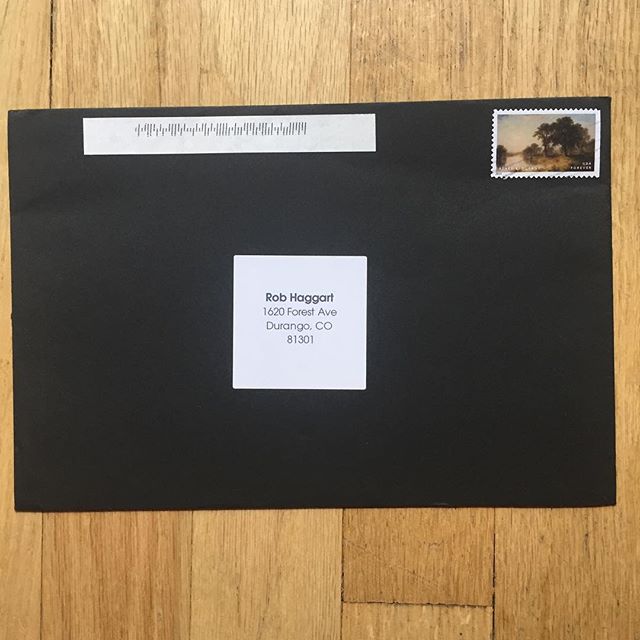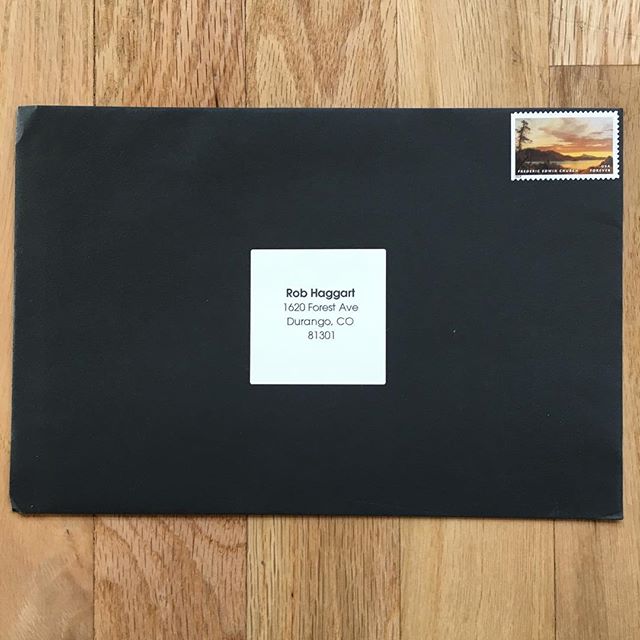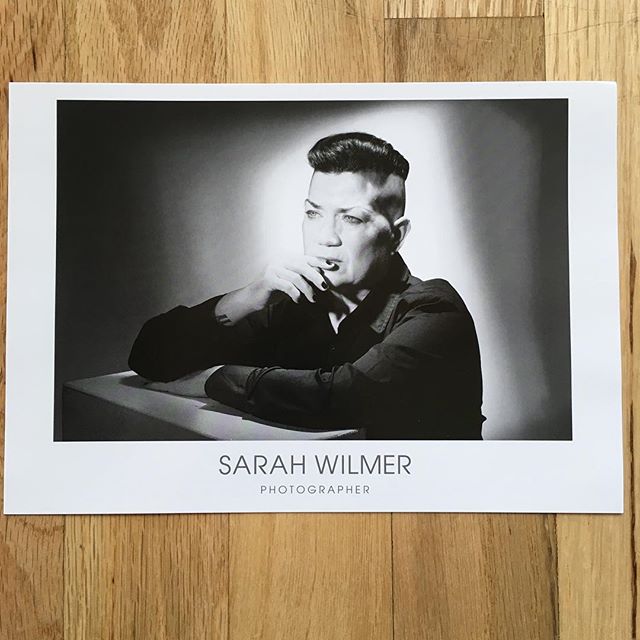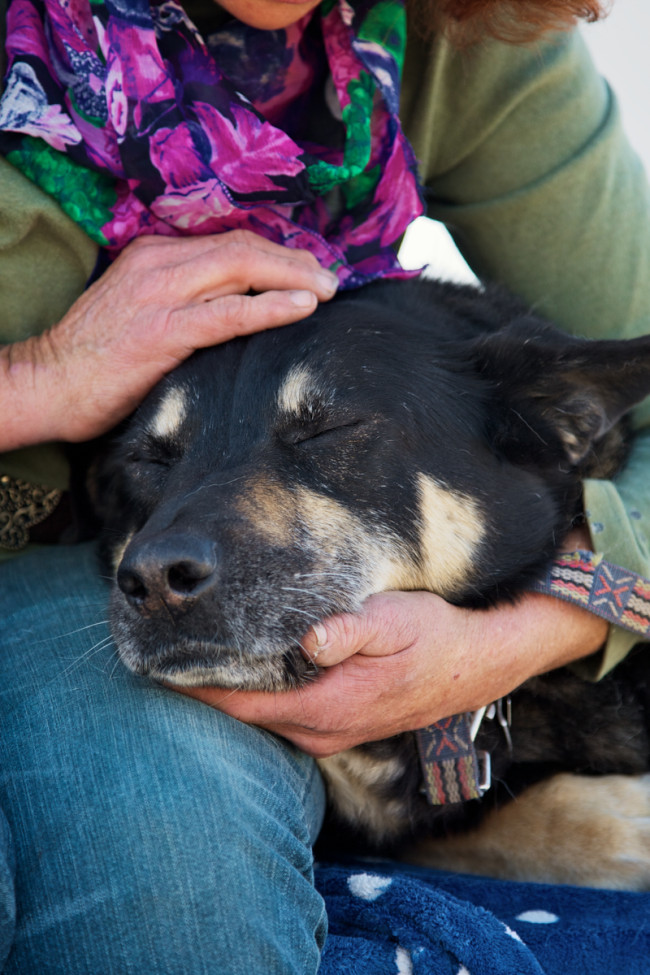Guest Post by Cybele Sandy, AUGUST
Defining your aesthetic requires many hours of self-examination, trial and practice. However, once you are somewhat (because it’s continually evolving) where you need to be, your thoughts should turn to the formation of your team, i.e., #squadgoals. The importance of team development as a photographer cannot be over-emphasized. Often, during the evaluation process, Creative and Photo Directors want to know that you and the circle of professionals around you “get it”.
Virtually every top-tier artist has one or more trusted assistants, a preferred wardrobe stylist, hairstylist, makeup artist, and manicurist, without whom he/she will not breach the portals of a set.
As the photographer, you are the general, and the battle plan’s basic structure is your sole province. However, it makes sense to develop a coterie of professionals who clearly understand the plan-of-action and possess the chops to execute it flawlessly. Not a bunch of yes-men, but confident experts who can tweak your thoughts and take them further than you’d originally envisioned. Schedules may sometimes clash, which means that you will sometimes need to substitute one or two members of your core group, but in my experience, artists who maintain a consistent team create consistently impactful imagery.
There is no better time to grow your team than at the beginning stages of your career.
As you gain in experience, a team will also be able to convey the appearance of a well-oiled, business-like machine, adding to your professionalism. Remember that your team is also a marketing tool: they will sing your praises to their clientele as well. I always say “you never know where the next job will come from,” so having 5-6 people constantly in touch makes for close relationships that play out in measurable dividends: actual jobs, recommendations, synergistic partnerships.
In essence, you’re looking for like-minded individuals who, like you, are on the hustle and willing to contribute their talent in exchange for tearsheets.
A good place to start whittling your team is via personal projects. Here I’d like to digress and state that personal projects are absolutely critical to career development: they hone the practical, technical skills and stretch the creative muscle, without the fetters of a Creative Director or nervous Editor hovering over you.
Stretch your net wide: register your interest with SVA or a school with a recognized photography program, which are virtual assembly lines of assistants with sound, basic skills who can grow with you. Many of the terrific beauty brands have apprenticeships/ training programs, and you can post with them for junior stylists. Try the old, faithful Craigslist. Put up a flyer in a trend epicenter: for New Yorkers, Bedford Avenue in Williamsburg or the byways of the Lower East Side are hotbeds of hungry, young artists. Ask if you can leave business cards at the buzzy local coffee shop. When you go to a gallery opening or any similar arts-driven event (here the need to be social again rears its complex head:)), ask those you meet for recommendations. It’ll serve as a wonderful icebreaker in terms of conversation, and the professionals you meet will have on-the-money recommendations.
Once you’ve gotten in touch with a few people who seem promising, work with them on at least three shoots. Ensure that they are distinct enough that the artists you’re auditioning get to show you a fair amount of range: good for-instances would be a series of close-up beauty shots, a fashion story on location and a lifestyle project that unfolds a story of some sort, frame by frame.
And remain aware: you’re not only analyzing expertise, you are auditioning people skills. Are they on-time? Do they need a minimum of resources to operate efficiently or will they fold if there are no sleek amenities? I will always remember the first season of Brooklyn Fashion Week{end}, the non-profit I co-founded. Everything that could go wrong did. Amongst many crises: the guy that we’d rented chairs from still hadn’t delivered at model call time. So our hairstyling/makeup team simply turned over boxes for their equipment and perched the girls on the few tables we had. No one told them to do it. They improvised because that is what professionals do when faced with a problem.
Carefully monitor the way they interact with people on set. Are they yelling to get their way? What about speed/efficiency? Did they get the models on set, beautifully done, with a minimum of time?
There should be a seamless quality to on-set interaction. I’ve always said that the best barometer that things are working is a quiet set. Your team should be so in tune with one another that no words will need to be said- the hairstylist will know when hair should be touched up. The makeup artist should know just where to hover to easily address that bit of shine. Your assistant should anticipate your next move so easily that you won’t even register that he’s already held up the fill card you need. Props should be organized and out of harm’s way if not in use.
A word on clothing stylists: I’ve found that the clothing stylist is often the lynchpin to a good shoot.
He or she, via the choices made, can really tell a story and contribute to the overall impact of the imagery. A good stylist isn’t just someone able to pull great clothes via solid relationships; it’s someone who can creatively utilize disparate elements to achieve an actual, defining look. You shouldn’t look back and say “You know, every model looked like a carbon copy of what the stylist wore that day.”
Most likely you’ll be taking care of production logistics on your own, initially, but as your brand develops, you will want to extend your team to include an organized, level-headed producer.
All this effort needs a showcase, right? In terms of venues, go to the bookstore and take note of all the publications that aren’t produced by major publishing houses. Smaller magazines often welcome spec submissions, just be aware that there is often no fee for this. And review the magazine’s well features to ensure that what you’ll be submitting is an aesthetic fit.
Lastly: get a strong database management system in place. There are many terrific options in this connected world, from workhorse Excel spreadsheets to apps like CircleBack, which will not only convert email signatures into actual contacts and scan business cards, it will also remind you to update older contact information.
No good getting that boss team together if you can’t recall how to get in touch.
And while we’re on the subject, keep in touch, even if you don’t have a current project to staff. Be sure to reach out periodically or better, touch base IRL, so your peeps stay your peeps.
I’m going to take this a bit further: tag this post with emerging stylists/ assistants who are showing promise but need a more weighty portfolio.
Who knows- this bit of networking may help further your own journey.
Guest Post by Cybele Sandy, AUGUST
(I proudly represent Art Streiber and have included, with his permission, images of him & his team on set.)











